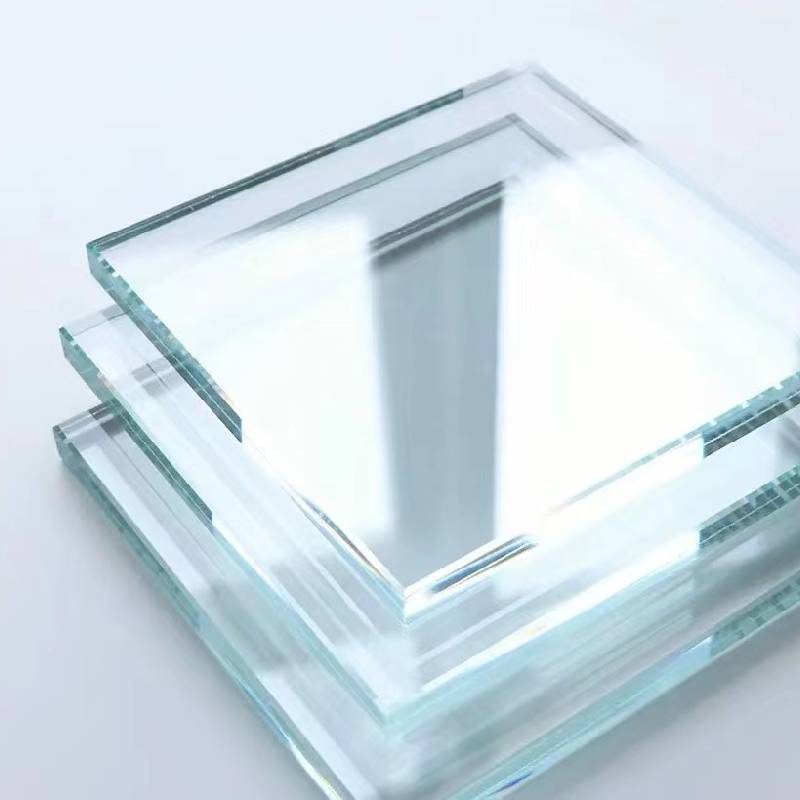

Understanding Pyrolytic Low-E Glass A Breakthrough in Energy Efficiency
In an era where energy conservation and sustainable building practices are becoming increasingly paramount, innovations in materials science have taken center stage. One such advancement is the development of pyrolytic low-emissivity (Low-E) glass. This revolutionary product is reshaping how we approach insulation and energy efficiency in buildings, offering significant benefits for both residential and commercial applications.
What is Pyrolytic Low-E Glass?
Pyrolytic Low-E glass is a type of window glass that has been coated with a microscopically thin layer of metal. This coating is applied during the manufacturing process using a technique called pyrolysis, where the glass is heated to high temperatures in the presence of vapors from metal oxides. This process allows for the creation of a durable, high-performance glass surface that reflects heat, while still permitting natural light to enter a building.
The low-emissivity properties of this glass are particularly important because they reduce the amount of infrared radiation that can escape from a building. In simple terms, think of it as a one-way mirror for heat it allows sunlight to enter, but significantly restricts heat loss during the colder months. This helps maintain a comfortable indoor temperature without over-reliance on heating systems, leading to lower energy consumption and reduced utility bills.
Energy Efficiency and Environmental Impact
The adoption of pyrolytic Low-E glass can play a significant role in enhancing the overall energy efficiency of buildings. By minimizing heat transfer, this type of glass improves the insulation of windows, leading to a decrease in the demand for heating and cooling. According to various studies, buildings equipped with Low-E glass can reduce energy costs by up to 30% compared to those using standard glass. This figure is not trivial, especially when considering the rising energy prices and the urgent need to mitigate climate change.

From an environmental perspective, the benefits are obvious. Less energy consumption translates to reduced greenhouse gas emissions, a critical factor in combating global warming. By improving energy efficiency in buildings, pyrolytic Low-E glass contributes to the creation of sustainable urban environments. As cities continue to grow and energy demands increase, the need for such innovative solutions has never been more urgent.
Versatility and Aesthetic Appeal
Another advantage of pyrolytic Low-E glass is its versatility in design. It can be used in a variety of applications, from residential windows to commercial facades, glass doors, and skylights. The aesthetic appeal of Low-E glass is not compromised; it offers clarity and brilliance similar to standard glass, enabling architects and designers to create beautiful, energy-efficient structures.
Moreover, the technology behind pyrolytic coatings has advanced significantly, resulting in options that allow for different levels of reflectivity and tint. This means that buildings can maintain their architectural integrity while maximizing energy conservation. Homeowners and businesses can choose the perfect type of Low-E glass that meets their specific needs, combining functionality with style.
Conclusion
In conclusion, pyrolytic low-emissivity glass represents a significant leap forward in building materials technology, merging energy efficiency with aesthetic appeal. As the urgency for sustainable construction methods continues to rise, the benefits of such innovations will only become more pronounced. By incorporating pyrolytic Low-E glass into their buildings, architects, builders, and homeowners can contribute to a greener future, paving the way for energy-efficient designs that minimize environmental impact.
Embracing such technologies is not just a trend; it is a necessary step towards responsible living and building practices in a world that demands better energy solutions. As we continue to innovate and improve our building materials, pyrolytic Low-E glass stands out as a shining example of how science can advance sustainability.